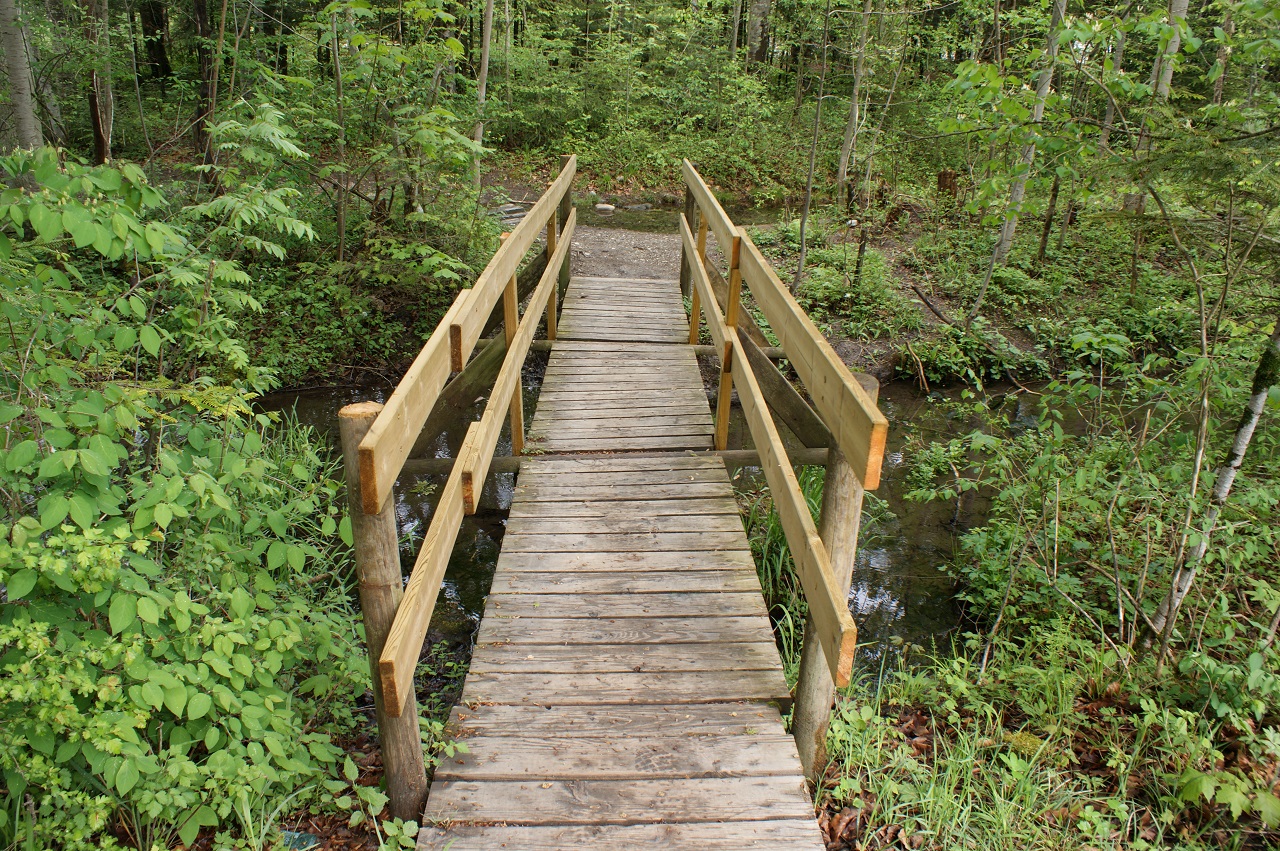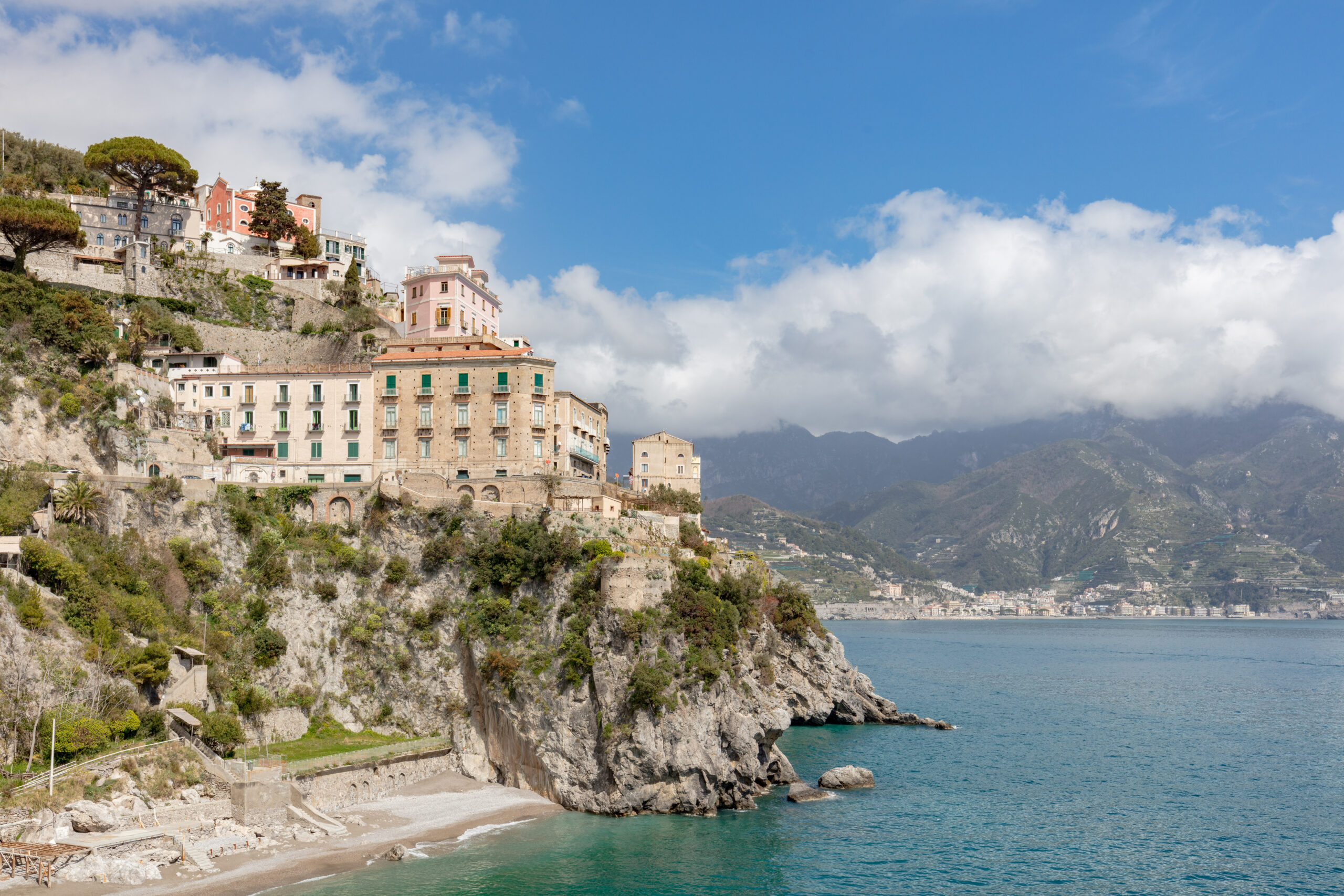Hiking stirs the soul. The call of the wild, the allure of majestic landscapes, and the thrill of self-reliance often drive us to explore trails. For many, hiking solo offers a unique form of freedom. Without the company of others, we tune in more deeply to nature’s symphony. But with this liberation comes responsibility. Safe solo hiking requires preparation, awareness, and caution. This guide provides you with the best practices for hiking alone safely, ensuring your journey is both memorable and secure.
Firstly, know your capabilities. It’s essential to assess your physical fitness and hiking experience. Before embarking on any solo trip, start with less challenging trails. Familiarize yourself with various terrains and gradually advance to more demanding hikes. This approach ensures you build stamina and knowledge simultaneously.
Next, meticulous planning is crucial. Researching your chosen trail is a must. Fortunately, there are numerous online hiking communities and resources. The keyphrase to look for is “safe solo hiking tips”. This search will lead you to forums, articles, and even video tutorials from seasoned solo hikers. Dive deep into these resources. Understand the trail’s difficulty, its length, the expected weather conditions, and any recent reports from fellow hikers.
Once you’ve done your homework, always inform someone about your plans. Share your hiking route, the start and expected return time, and any other pertinent details. Even if you’re an experienced hiker, it’s a non-negotiable step. This safety net ensures someone knows your whereabouts and can raise an alarm if necessary.
Equipment is another cornerstone of safe solo hiking. Crafting a checklist of essential gear is crucial. The basics include a detailed map, a compass, adequate food and water, first aid supplies, a whistle, and a fully charged phone. These items are your lifeline. Remember, even the most seasoned hikers don’t skimp on the essentials.
Dressing appropriately plays a significant role in ensuring your safety. Layers are your best friend when hiking. They allow you to adapt to changing weather conditions. Opt for moisture-wicking clothing and invest in a good pair of hiking boots. Proper footwear not only provides comfort but also reduces the risk of injuries.
While on the trail, stay alert. Continuously scan your surroundings. This vigilance allows you to notice any potential hazards ahead, be it a snake on the path or an unstable rock formation. Moreover, listening to your intuition is vital. If something feels off or too challenging, there’s no shame in turning back.
Lastly, set a strict turnaround time. Decide in advance when you’ll head back, irrespective of your hike’s progress. This decision is especially important if you’re racing against daylight. It ensures you have ample time to return to your starting point safely.
In conclusion, solo hiking offers unparalleled freedom and introspection. But to truly enjoy this experience, safety should be at the forefront of your mind. By following the guidelines laid out here, you’ll set yourself up for unforgettable solo sojourns in the heart of nature. Stay tuned for more insights in the next section of our guide, where we’ll delve deeper into the nuances of safe solo hiking. Safe travels and happy hiking!
Building on our earlier discussion, one can’t emphasize enough the importance of mental preparedness when considering safe solo hiking. Alongside physical readiness, your mindset plays a pivotal role in ensuring a successful and secure trip.
Mental strength fosters resilience. On the trail, challenges arise without warning. Perhaps it’s the unexpected steepness of a hill, or a sudden rainstorm. Your ability to adapt and remain calm in such scenarios is crucial. Before embarking, visualize potential problems. Play them out in your mind, considering your reactions and solutions. This mental rehearsal arms you with confidence and reduces panic in real situations.
Another facet of mental preparedness is cultivating a positive mindset. Embrace challenges as part of the journey. Remember why you opted for a solo hike. Perhaps it’s the peace, the connection with nature, or the test of endurance. Keeping this purpose in mind helps you stay motivated, especially during tough stretches.
One of the most searched “safe solo hiking tips” is understanding wildlife behavior. Indeed, when hiking alone, your chances of encountering animals increase. While these meetings are often harmless and awe-inspiring, it’s essential to know how to react. Research the common wildlife in your hiking area. Learn about their habits and how to respond if you come across them. For instance, making noise as you hike can deter certain animals, while knowing to avoid sudden movements can prevent startling others.
Water sourcing is another crucial aspect of solo hiking. Even if you’ve packed ample water, it’s essential to know how to find and purify natural sources. Streams, rivers, or lakes might be available along your trail. Carrying purification tablets or a portable filter can be lifesaving. Hydration is a key player in maintaining energy and alertness.
Nutrition is equally essential. When browsing “safe solo hiking tips,” you’ll often come across advice on calorie-dense foods. Foods like nuts, dried fruits, and energy bars provide sustained energy without weighing down your backpack. Remember, your body burns more calories during hiking, especially if you’re navigating challenging terrains. Regularly refueling ensures you remain energized.
Camping overnight? Shelter is a priority. While tents offer protection, they add weight. If you’re considering an ultralight hike, research bivouac sacks or tarp setups. Ensure you’re proficient in setting up your chosen shelter before your trip. Practicing in various weather conditions gives you the confidence to establish your camp swiftly and efficiently.
Lastly, mastering basic survival skills boosts your safety manifold. Familiarize yourself with creating a fire, signaling for help, and basic first-aid procedures. Consider enrolling in a wilderness survival course. These classes often cover essential techniques and offer hands-on practice.
In the next segment, we’ll wrap up our discussion on safe solo hiking. We’ll delve into the emotional rewards of solo sojourns and how they enrich your connection with the great outdoors. Stay with us as we journey further into the heart of solo exploration!
As our exploration of “safe solo hiking tips” culminates, let’s pivot to the transformative power of these solo sojourns. Venturing alone in the wilderness isn’t merely about the physical journey; it’s an emotional and spiritual voyage that can lead to profound self-discovery.
Embracing solitude is a gift. In today’s hyper-connected world, moments of true solitude are rare. Solo hiking offers this in abundance. With each step, you’re presented with an opportunity to reflect, introspect, and converse with your inner self. Without distractions, your mind declutters, allowing deeper thoughts and feelings to surface. For many, this solitude leads to clarity on personal challenges or life decisions.
Another hidden gem of solo hiking is empowerment. Successfully navigating trails, overcoming obstacles, and making crucial decisions solo instills a robust sense of achievement. Each trip reinforces your capabilities, building confidence that permeates other areas of your life.
A vital aspect that often pops up when discussing “safe solo hiking tips” is mindfulness. The practice of being present, of immersing oneself in the moment, is therapeutic. Nature, with its rhythmic sounds and mesmerizing beauty, offers the perfect setting for this. The rustle of leaves, the chirping of birds, and the feel of the earth beneath your boots ground you in the present. This immersion alleviates stress and rejuvenates the soul.
Additionally, solo hiking amplifies your sensory experiences. Without companionship, your senses become your primary connection to the environment. You’ll find yourself noticing subtle fragrances, diverse bird songs, and the intricate patterns on leaves. These heightened perceptions enrich your hiking experience and foster a deeper appreciation for nature’s wonders.
However, with all the internal growth and revelations, always prioritize safety. The knowledge gained from our “safe solo hiking tips” ensures you’re well-equipped to handle challenges. It’s this blend of preparedness and openness to experience that makes solo hiking truly transformative.
In conclusion, solo hiking is more than a physical endeavor. It’s a journey of the soul, a dance between the external world and the internal self. While the trails, landscapes, and adventures leave an indelible mark, it’s the introspection, empowerment, and connection with nature that linger long after the hike concludes. As you set forth on your next solo sojourn, armed with our “safe solo hiking tips,” remember that every step taken in awareness and respect for nature is a step towards a deeper understanding of oneself.
Thank you for joining us on this enlightening journey. Here’s to many safe and soulful solo hikes ahead! Safe travels and may your trails always bring revelation and joy.





